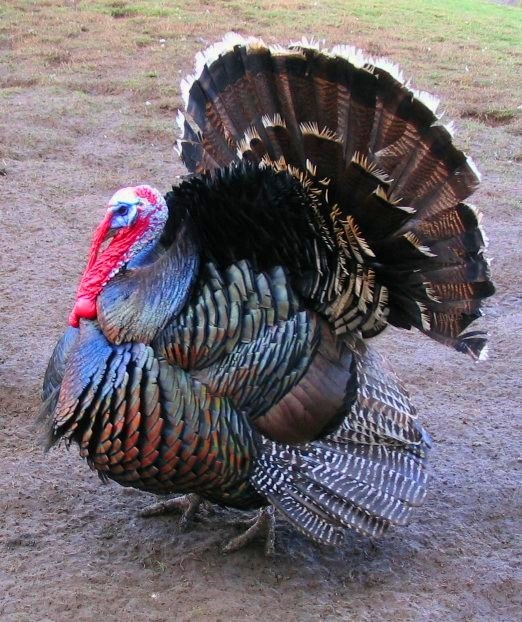If you have ever stepped into a salt marsh, then there is a good chance you lost your shoes that day.
Salt marshes are full of mud, really thick mud, and, in many salt marshes around the world, that mud is kind of like a cross between quicksand (because you sink in it) and marshmallow Fluff (because you also get stuck to it). If you one day decide, “I’m going to walk in a salt marsh today,” and you live in, say, South Carolina, as soon as you step into the marsh you will sink in the mud to at least your ankles. Then when you try to pull your feet out, the suction power of the mud will rip your shoes off. Then, unless you are awesome at digging through thick, sticky mud, those shoes will remain buried in the mud until archaeologists thousands of year from now uncover them and try to come up with a good reason for why 21st century people liked to bury sneakers in the mud.
I know about the sinking and suction power of salt marsh mud from personal experience. The first time I walked in a salt marsh, I sank to somewhere between my thighs and my waist. To get out of the mud, I had to have a boatload of marine biologists throw me a rope and then drag me across the mud until I was in the water and could swim to the boat (I’m not making that up).
If any great blue heron happened to be watching me that day, and it had a sense of humor and vocal cords, it would have laughed and laughed and laughed. Unlike me, great blue herons can walk on salt marsh mud without getting stuck.
Great blue herons are wading birds, meaning they spend a lot of their time wading through shallow water to find food. It’s not too hard to look at a bird and figure out whether or not it is a wading bird. Let's say you are called into your local police station to see a line-up of bird suspects and pick which bird is guilty of walking in shallow water to look for shrimp to eat. Which would you choose?
Hopefully you said “flamingo” and not “tufted titmouse.”
You can easily identify a wading bird by looking at its adaptations. Most wading birds are tall. They usually have long, skinny legs that keep most of their body just above the water. Wading birds also have long necks and beaks so, when they see something in the water or on the ground that they want to eat, they can easily use their long, flexible neck to lower their heads down so they can grab the prey with their beak.
Adult great blue herons are tall enough (usually around four feet high) to be taller than your average kindergartner. Great blue herons weigh a lot less than your average kindergartner, though. Most kindergartners weigh around 47 pounds. Adult great blue herons weigh about 5 or 6 pounds. (Almost all birds weigh hardly anything. I’ll have to write about why birds weigh so little another time, though).
Being lightweight is another adaptation that helps wading birds. If you drop something that weighs about five pounds onto salt marsh mud, it is a lot less likely to sink than if you drop a children’s author who weighs over 200 pounds into salt marsh mud.
Even a five pound bird could sink in really wet mud, though, so great blue herons have another adaptation that allows them to walk on the mud: their weird-looking feet.
Great blue heron feet is what I’ll be writing about in the next post. I’m not kidding.
To learn more about great blue herons and salt marshes, read my book A Day in the Salt Marsh.
Online Resources and References
Cornell Lab of Ornithology, All About Birds, "Great Blue Heron."
https://www.allaboutbirds.org/guide/Great_Blue_Heron/id
Encyclopedia of Life, "Ardea herodias, Great Blue Heron."
http://eol.org/pages/1048656/overview
National Geographic, "Adaptation."
http://nationalgeographic.org/encyclopedia/adaptation/
NOAA National Ocean Service, "What is a salt marsh?"
http://oceanservice.noaa.gov/facts/saltmarsh.html
Photos and Images:
Click the photos and images used above to find their sources.







